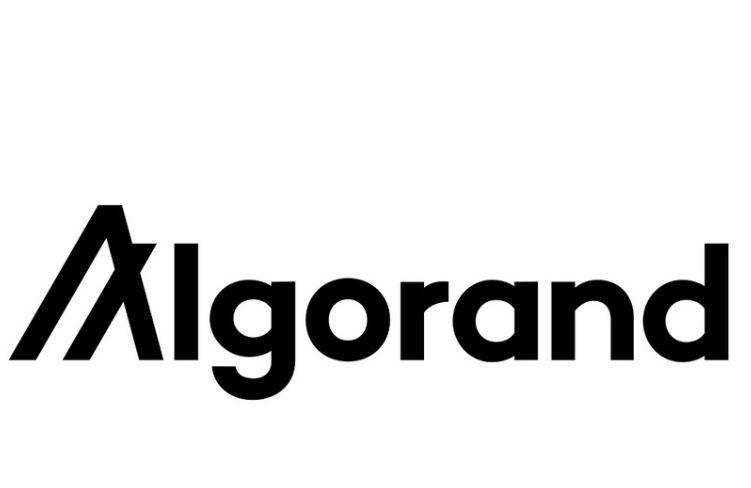
Want help with your hiring? It’s easy. Enter your information below, and we’ll quickly reach out to discuss your hiring needs.

Gabby de Sousa, the VP of Service Delivery for Recruiter.com, hosted Recruiter.com’s August webinar with Liz Pike, the President of Green Rhino Recruitment. This month, they discussed recent job market trends and how to optimize your hiring strategies, retain employees, and improve employee satisfaction.
However, if you don’t have time to watch the entire thing, you can keep reading to learn about the significant highlights that they touched on.
The Job Hopper Economy
The job hopper economy is here to stay, and people rarely stay more than three years at a position now. In fact, people are choosing to stay less than eighteen months at some positions, and some employees won’t stay longer than one month.
Having a job hopper economy can cause an extra increase in recruitment costs, so how can you get these employees to stick around? Pike suggests that you might need to zoom out on the bigger picture and talk about how people are experiencing higher employee turnover rates. One thing you can do is to look at your employee’s salaries.
Pike mentioned some research from the Institute of Politics in June 2022, which found that workers only had a 6% raise since the late 70s. However, since then, CEOs have seen a 1,000% increase in salaries. This means there is a 670:1 gap between the wages of the CEO and the average employee. The CEO would receive $670 for every $1 a worker received. This is up from 2020 when the gap was 604:1, and America has the highest gap of any country in the world.
As employees are struggling to keep up with the job hopper economy, they can look at raising the salaries of their employees. Median wages haven’t even kept up with inflation, and employees are now feeling it and trying to find the best compensation possible. However, that doesn’t mean that salary is their number one priority.
Employees are also looking for jobs that will give them a better work-life balance. The COVID-19 pandemic opened many workers’ eyes to remote work’s flexibility. However, now many companies are trying to drag their employees back into the office or to a hybrid model.
According to Pike, “What we’re seeing now is a migration of talent from companies that aren’t a fit for those workers and employees to where the’s a long-term fit as employees.”
She continued, “Really good people are going to places where they feel valued. And sometimes that even means taking a pay cut, so it’s not all about money.”
Younger talent ranks this flexibility and work-life balance higher than older employees do. They are managing their expectations, and they’re focused more on having a work-life balance, even if it means they’re not going to make as much money. Overall, the entire job market is leaning towards that and focusing on value.
For example, Pike mentioned a few younger talent examples of why employees quit their jobs. Some people said they liked their company because they had a healthy work-life balance. Other candidates said they were looking for a good company culture to help them grow their careers and professional development in any direction they wanted.
Recent Trends in Salary
Salary is one of the most critical factors in optimizing your hiring and employee retention strategies. One of the recommendations would be to disclose the pay for a position up front. While some states require that companies put a salary range in the job description, many companies are doing it because they recognize its benefits. You can also include a field for the salary and include in the job description that it also depends on the skills and experience of the candidate, so that way, you have room to negotiate.
This is also one way to help ensure that employees receive equal pay, especially when companies are hiring in a global market. Pike advises that you start with knowing what new employees are looking for when trying to offer competitive compensation. However, while arguing a competitive salary is essential, salary keeps going up, and some companies can find it hard to keep up. However, you should remember that many employees would accept a new job for less pay if it’s flexible.
It’s about providing clear communication on flexibility, culture, and context.
Pike says that people think the “power is shifting to the employee and not the executives. That’s the wrong way to think about it. Think about it as [everyone] at a table [working for] what they want.”
When applying this to a global market, remember that if you’re offering a lesser salary, this may not always balance out compared to the worldwide market. Companies will start to see talent migrating overseas, and offering remote work will be strategically crucial for businesses to hire talent.
How to Get a Competitive Advantage in Hiring
As the job market becomes more competitive, companies are looking for ways to improve their hiring process. However, it goes much further than just offering a high salary. That employee retention strategy can work but is not a reliable, long-term solution.
Culture is one of the most important things that a company can do. Companies need to realize that it’s not just about the money; they need to offer an inclusive and supportive culture. Many companies might have a toxic work culture. Pike pointed out that there were five aspects of toxic workplace culture:
- Disrespect
- Dishonesty
- Cutthroat attitude
- Exclusionary or non-inclusive behavior
- Abusive management
A toxic workplace can not only kill your employee engagement, morale, and productivity, but it can also cause physical symptoms. After the pandemic, people focused on their health and realized they had other options. They’re not willing to put up with it anymore, and they will leave to find a better workplace culture.
If you have a remote workplace, you may want to ensure that you create a culture of trust. Some companies offer remote work but still monitor their employees’ productivity with tracking software, which can keep track of screenshots and strokes. However, employees can start to game the system, creating a culture of anxiety and distrust.
If you offer remote work, ensure that you trust your employees and have a flexible schedule.
Pike reiterated, “Companies who don’t embrace changes will end up in a vicious cycle and eventually be phased out.” It’s essential to follow these strategies and see what your company can do to improve your hiring or retention strategies.
If you’re interested in learning more about improving your company, attending the next webinar, or using Recruiter.com’s solutions to optimize your hiring and retention strategies, contact us today!
Get the top recruiting news and insights delivered to your inbox every week. Sign up for the Recruiter Today newsletter.






